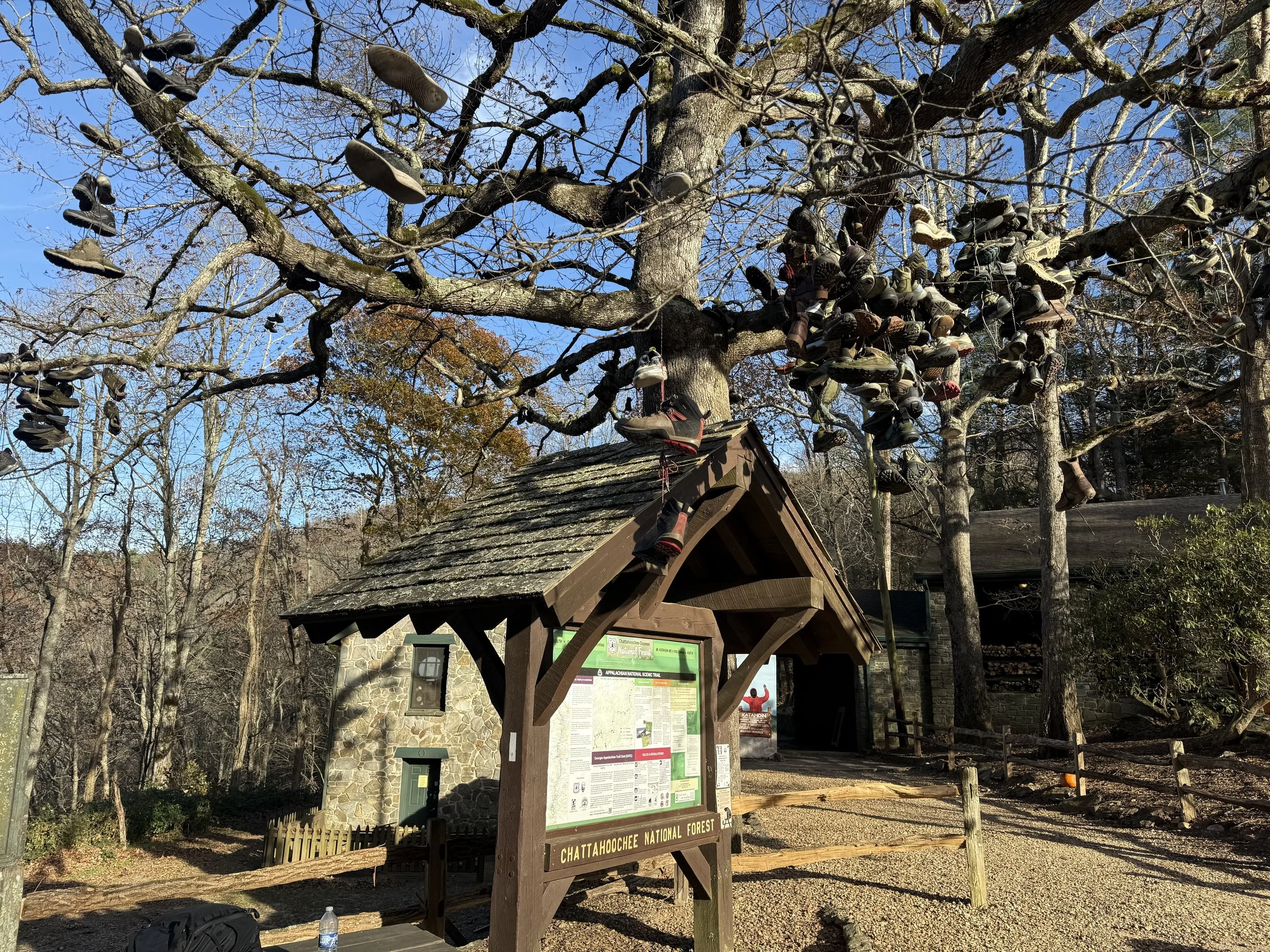
Safety Tips for Hikers
Charles has loved the trails at Blood Mountain and hiked them throughout his life. He would want everyone who ventures into the wilderness to return home safely. Please take these precautions seriously.
BEFORE YOU GO:
Tell Someone Your Plans
Share your exact trail name and route, and what you are wearing
Provide your departure and expected return time
Leave your car make, model, and license plate
Check in when you return
Download AllTrails App
Download maps for offline use (cell service can be extremely limited)
Enable location tracking
Share your route with emergency contacts
Review trail conditions and recent comments
Check the Weather
Mountain weather changes rapidly
Postpone if severe weather is forecasted
Know that temperatures drop significantly at higher elevations
WHAT TO BRING:
Power & Communication
Fully charged cell phone
External battery pack/portable charger
Consider a personal locator beacon (PLB) or satellite communicator for remote areas
Navigation
Physical map and compass (don't rely solely on phone)
Whistle (three blasts = distress signal)
Headlamp or flashlight with extra batteries
Clothing & Protection
Wear bright colors (orange, red, yellow) - easier to spot if you need help
Dress in layers
Pack extra clothes (weather changes fast)
Rain jacket (even if forecast is clear)
Hat and gloves (even in warmer months - temperatures drop at elevation)
Safety & Survival Essentials
Lighter and/or waterproof matches
First aid kit
Emergency blanket
Knife or multi-tool
Sun protection (sunscreen, sunglasses, hat)
Food & Water
More water than you think you need
High-energy snacks
Water purification tablets or filter
WHILE HIKING:
Stay on Marked Trails
Don't take shortcuts
Trail markers can be sparse in wilderness areas - pay close attention
If you lose the trail, backtrack to last known marker or stay put
Pace Yourself
Know your limits
Turn back if conditions worsen or you're running late
It's okay to change plans
Stay Together
Never hike alone if possible
Keep group together - hike at pace of slowest member
Designate regular check-in points
Mark Your Location
Take photos at trail intersections
Note landmarks
Use AllTrails to track your path
IF YOU GET LOST OR INJURED:
STOP
Don't panic
Stay where you are (especially if injured)
Make yourself visible - stay in clearings if possible
SIGNAL FOR HELP
Three whistle blasts (repeat)
Use your phone even without signal - 911 calls can sometimes get through
Bright clothing helps searchers spot you
Make noise periodically
STAY WARM & DRY
Find or create shelter
Put on extra layers
Stay dry - hypothermia is a serious risk
CONSERVE PHONE BATTERY
Put phone in airplane mode
Turn off periodically
Turn on occasionally to see if you have signal
REMEMBER:
No hike is worth your life. Turn back if conditions are unsafe. There is no shame in changing your plans.
